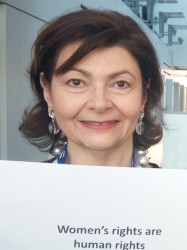BibTex format
@article{Randi:2017:10.1111/jth.13551,
author = {Randi, AM and Laffan, MA},
doi = {10.1111/jth.13551},
journal = {Journal of Thrombosis and Haemostasis},
pages = {13--20},
title = {Von Willebrand factor and angiogenesis: basic and applied issues},
url = {http://dx.doi.org/10.1111/jth.13551},
volume = {15},
year = {2017}
}

